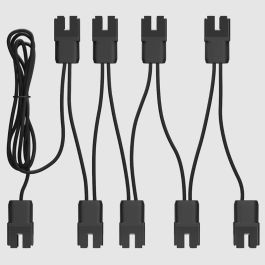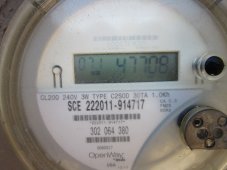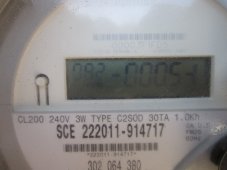Clarification on bi-directional meters. Bi-directional seems to be a hold-over term from the when the meters were mechanical and had a spinning wheel, they would indeed turn backwards in some cases. Even the utility companies still use this obsolete terminology in their published literature.
Those mechanical meters have mostly all been replaced by digital, 2 channel meters that communicate wirelessly with the utility to provide billing info, no more meter reader in your backyard once per month.
The digital meters generally have 1 channel that totals incoming power and 1 channel the totals outgoing solar production. The difference between them is your NET usage either a positive or negative number. The utilities had to completely rework the math for their billing systems.
When we installed our first solar system in 2011 we were one of the first in the area. As such I noticed our electric bill was significantly different than the values I had been monitoring and writing down everyday. It took awhile to get their attention but eventually I received a call from one of their solar customer managers and was told that the meter technician had been out to our house and determined the meter was defective. They replaced it, gave us a credit for the previous 2 months and started from zero. Moral of the story, don't just trust that the so called revenue grade meters they install are working correctly. Trust but Verify.







